Difference between Predictive and Condition-based Maintenance?
Predictive and Condition-based Maintenance
Predictive and condition-based maintenance are all forms of maintenance that occur before breakdowns occur. As such, these are ways of preventive maintenance which are meant to enhance reliability and minimize downtime.
The key distinction between them is the manner in which maintenance is assessed. In addition to sensor measures (temperature, vibration, noise), predictive maintenance depends on detailed formulas and maintenance work is conducted depending on the interpretation of these parameters. Predictive maintenance is therefore a very accurate method of maintenance since it forecasts future events in maintenance. Condition-based maintenance, on the other hand, depends only on sensor readings in real-time. Maintenance personnel are deployed if a parameter exceeds an unreasonable amount. This implies that condition-based maintenance systems only conduct work as appropriate.
Differences between predictive maintenance and condition-based maintenance
| Condition-Based Maintenance | Predictive Maintenance |
|---|---|
| Some types relies on data | Relies on data |
| Human defines decision-rule | Data defines decision-rule |
| Static decision rule | Dynamic decision rule |
| Tells if something is wrong here and now | Predicts failures in the future |
| Can lead to excessive maintenance | Can be used for just-in-time maintenance |
| Sensitive to noise | Less sensitive to noise |
| Preventive approach | Predictive approach |
Example of Predictive Maintenance
The railway industry commonly uses Predictive maintenance by installing IoT-based sensors on trains to identify problems long before failure occurs. Over time, as more asset behavioral data is accumulated, the algorithm becomes increasingly accurate at recommending ideal times for scheduled maintenance to avoid future train breakdowns.
Example of Condition-Based Maintenance
Large manufacturing facilities often connect infrared cameras to software to deliver real-time warnings whenever pieces of equipment will soon overheat if wearing parts aren’t replaced or remedied.
It may not be apparent at first glance to assess the distinctions between condition-based and predictive maintenance. In order to track changes in system acceleration, temperature, ultrasound, and more, all specialized maintenance practices use sensors. And it can help minimize expensive equipment problems with both predictive maintenance and condition-based maintenance systems. Their high costs of setup and service make the maintenance techniques more suited for large organizations with massive resources. However, by integrating real-time tracking with predictive algorithms that help assess the exact optimal times for asset maintenance , predictive maintenance technology takes performance a step further.


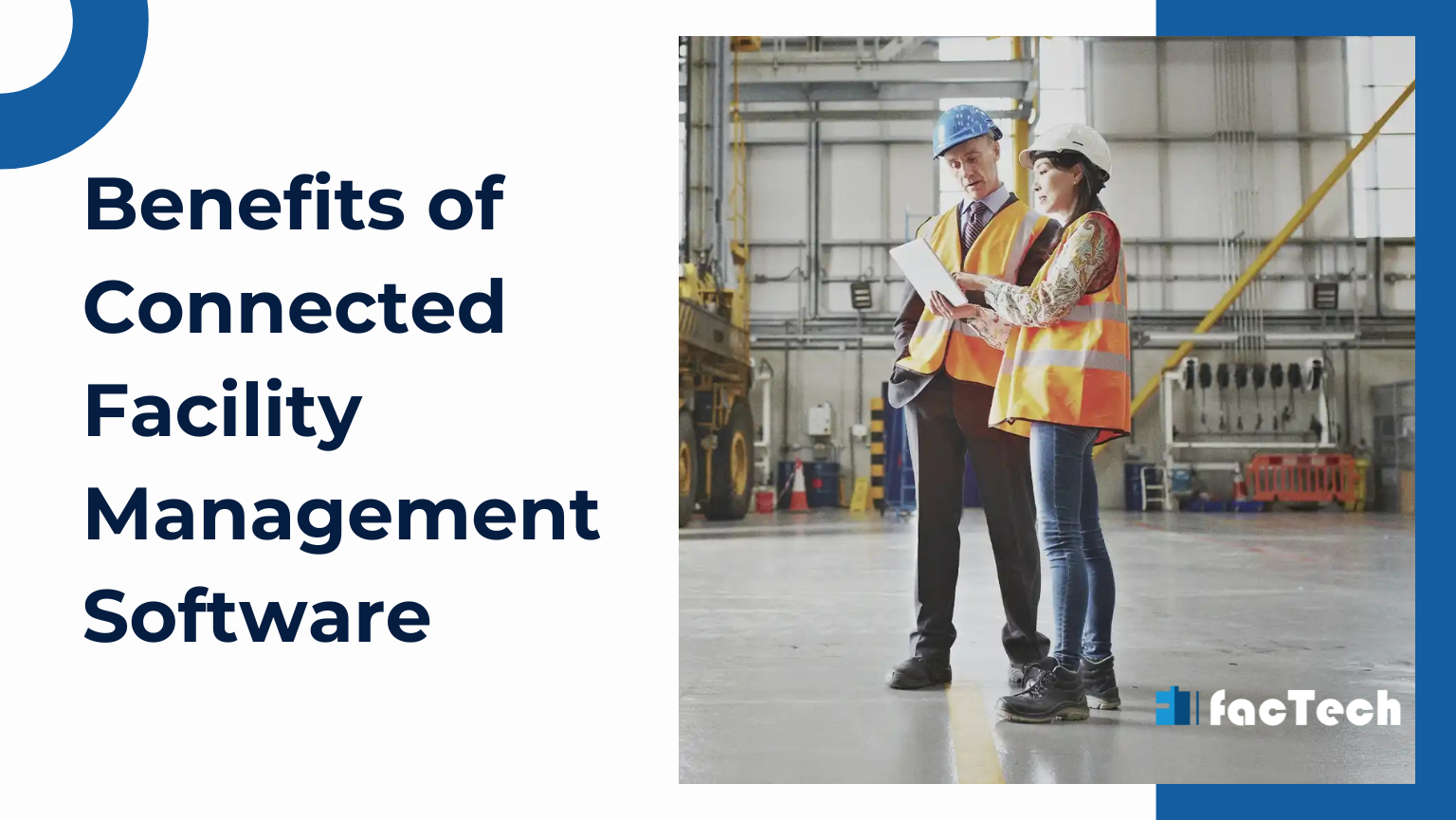

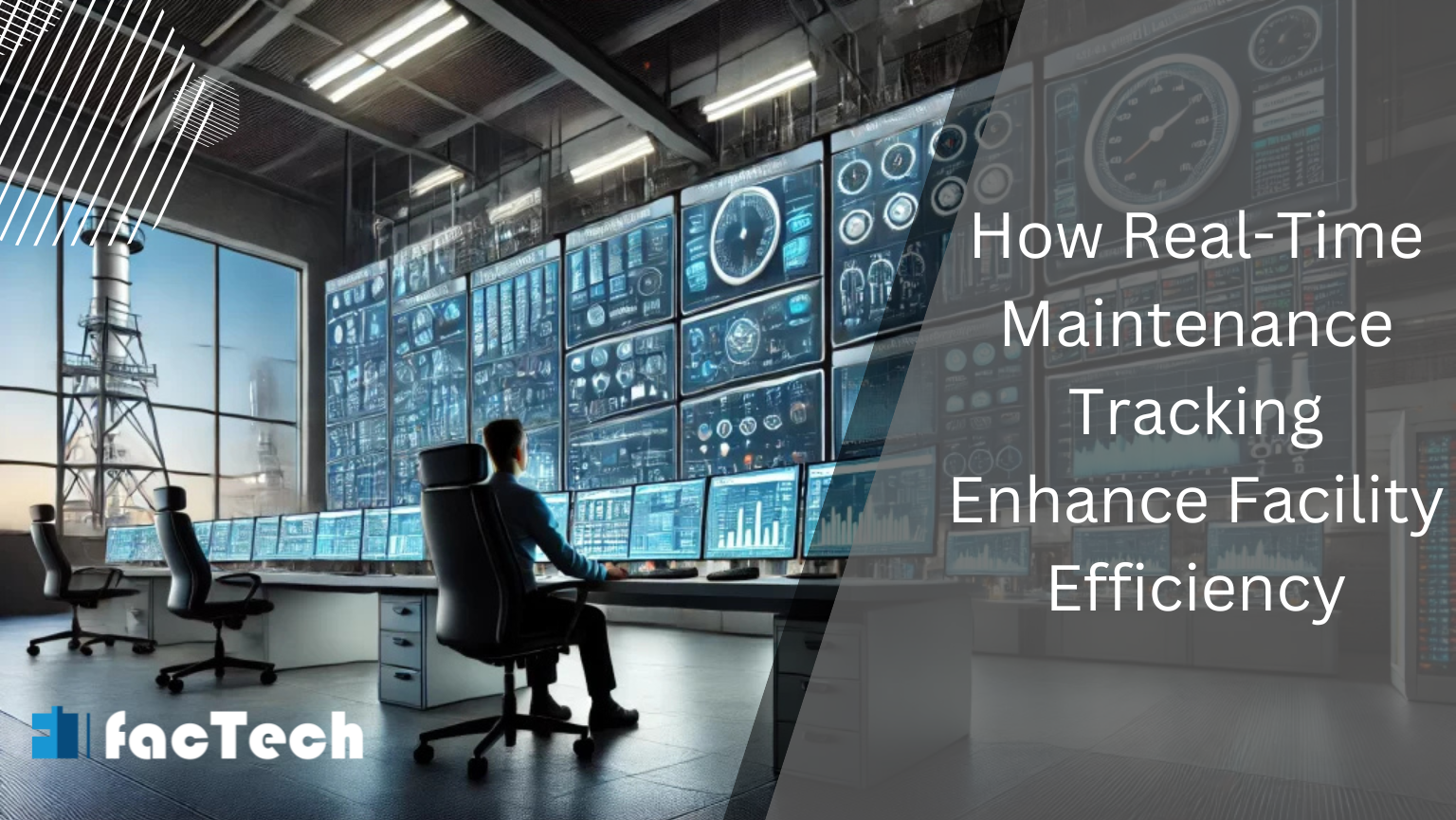


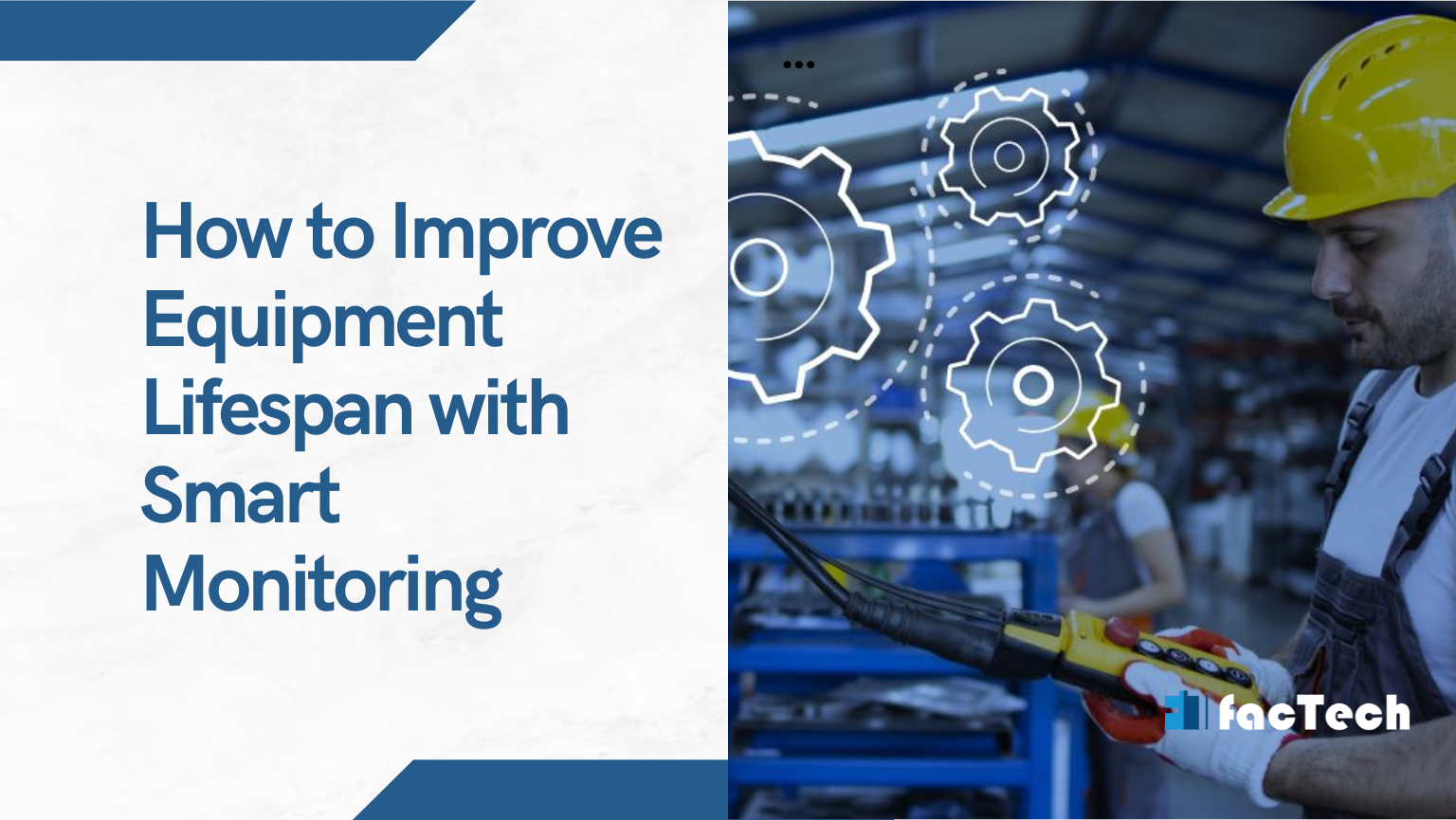
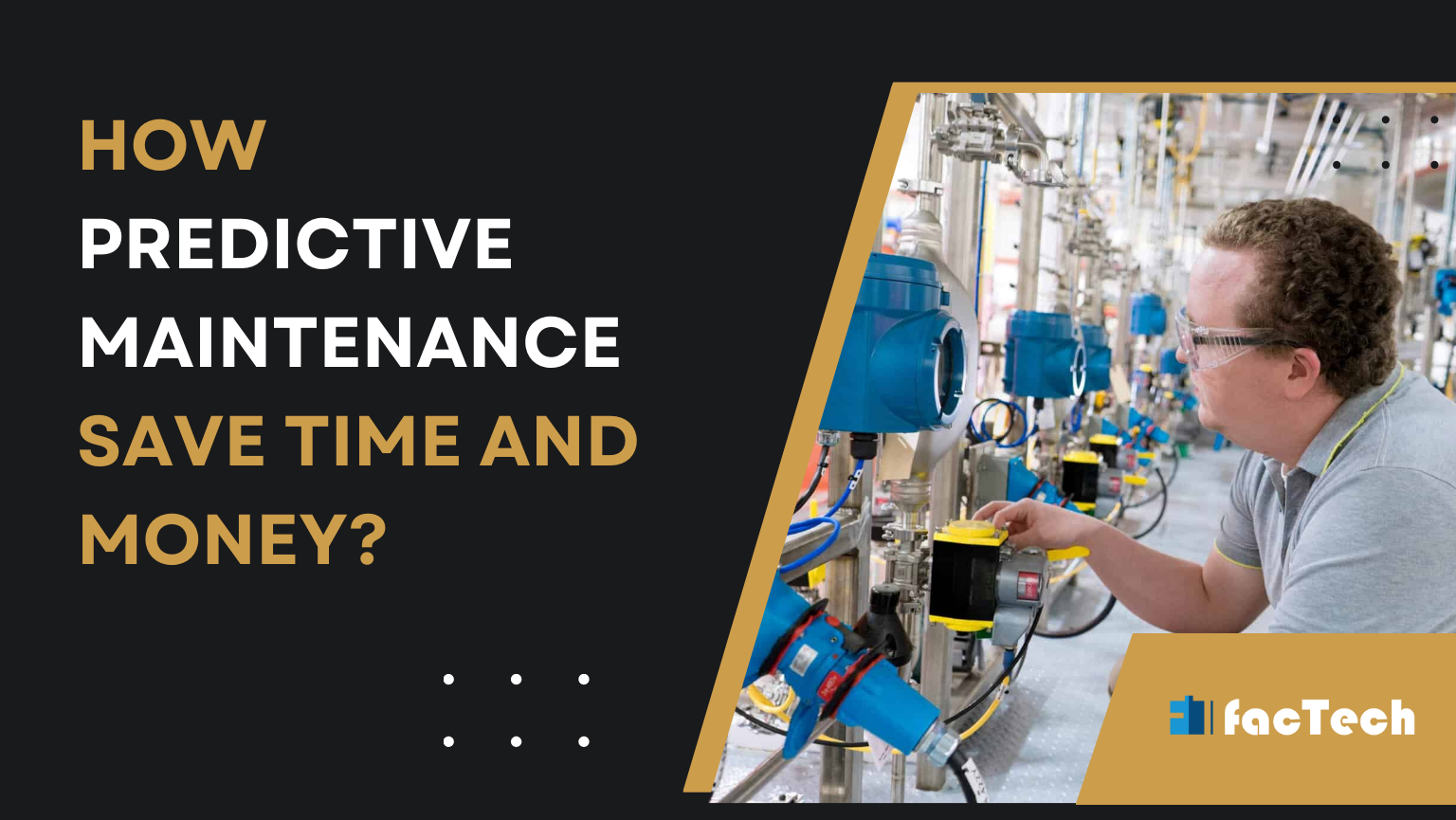


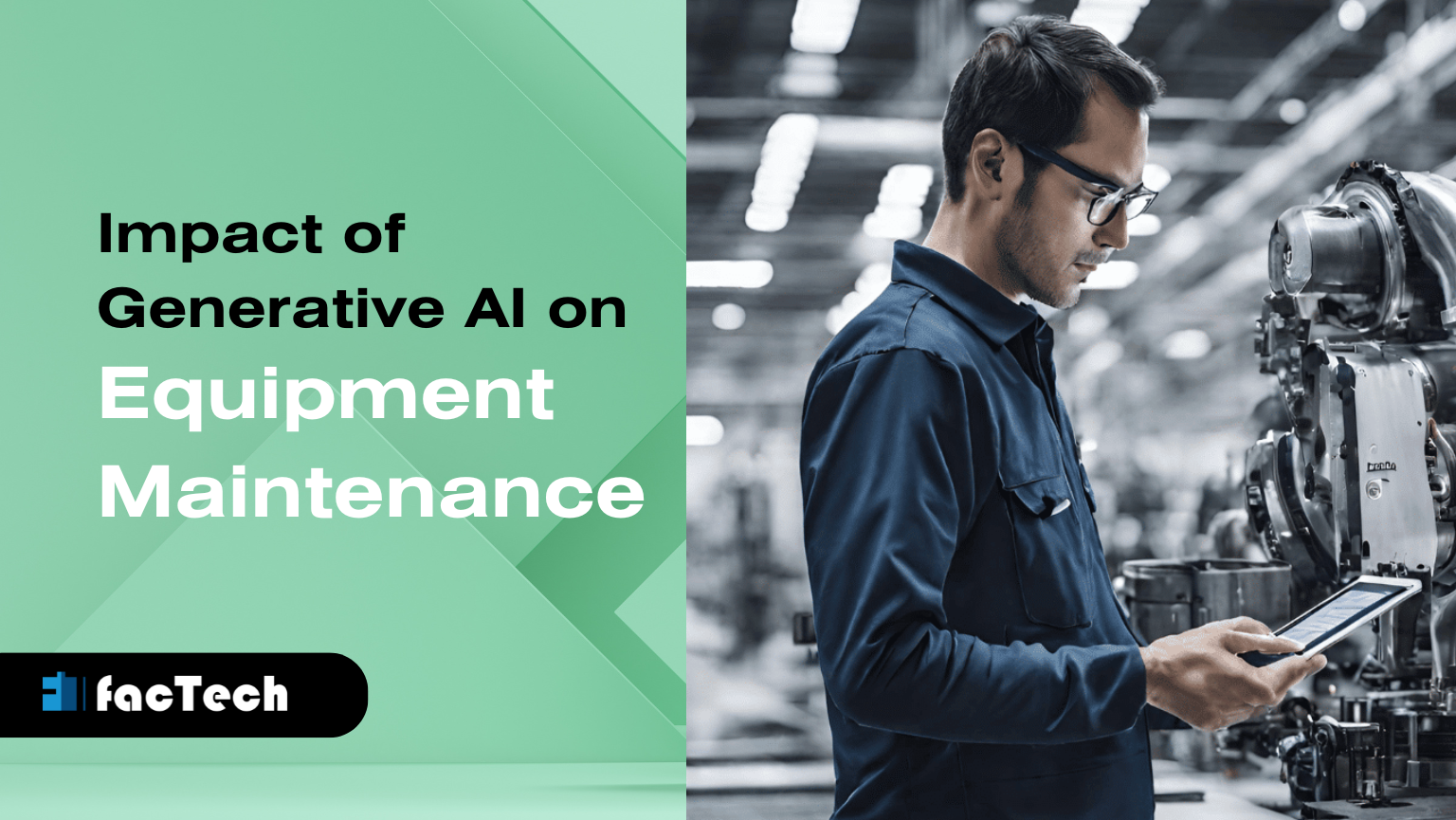
Leave a Comment